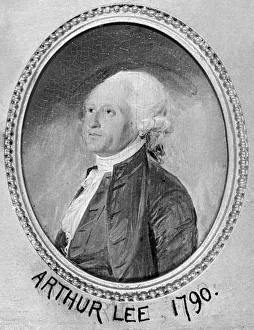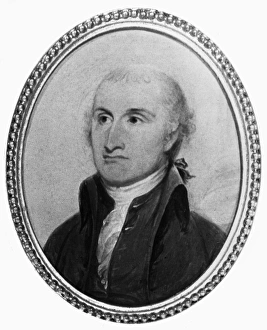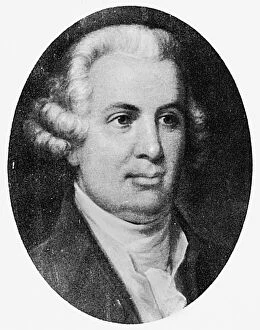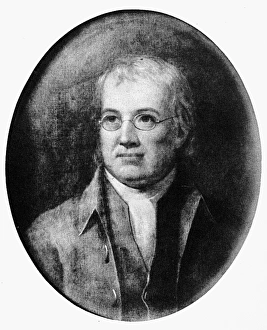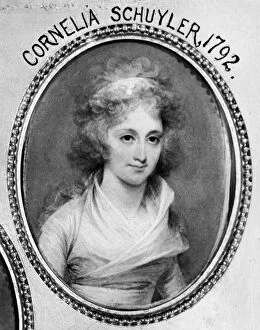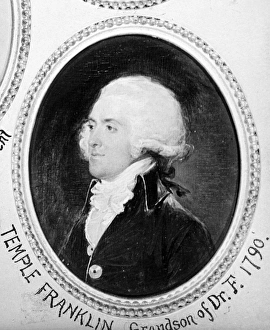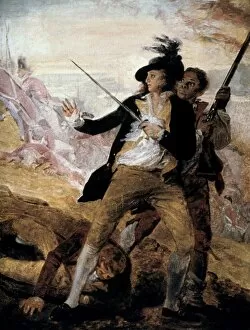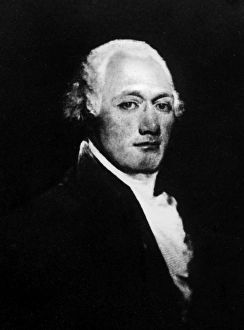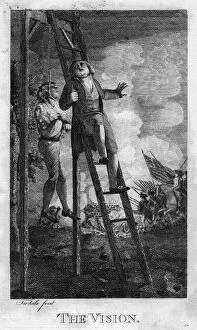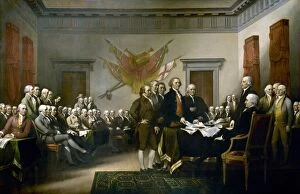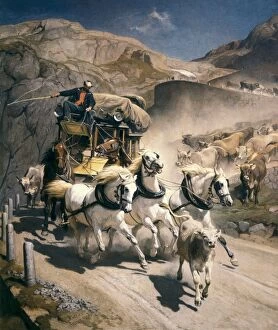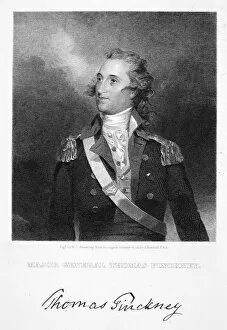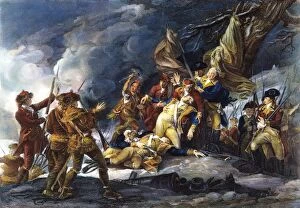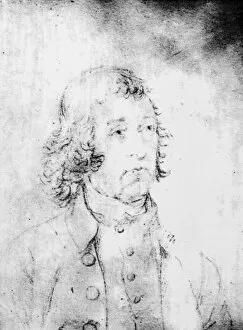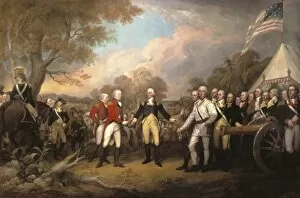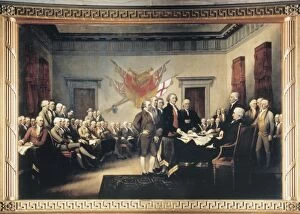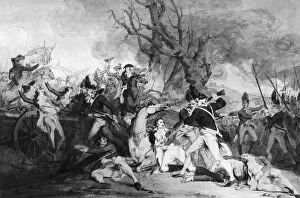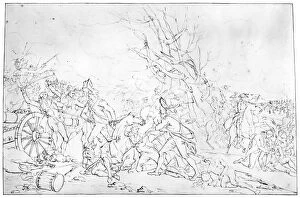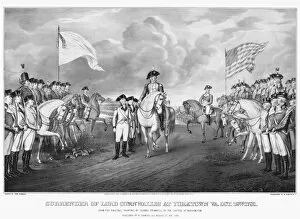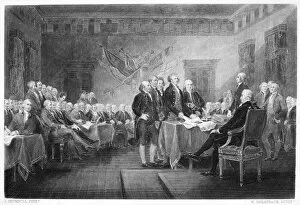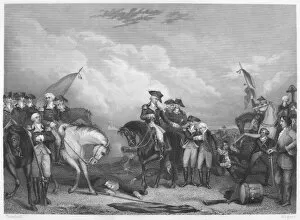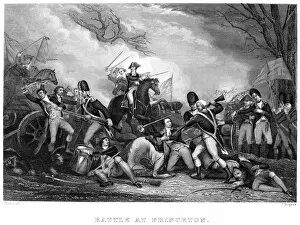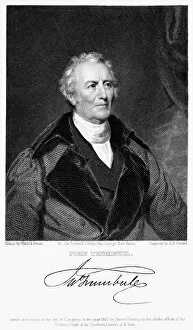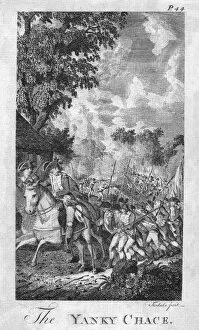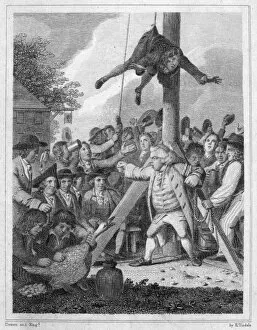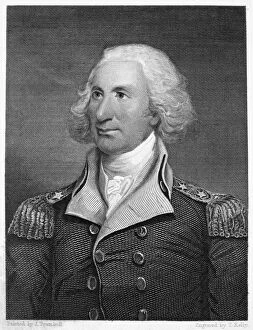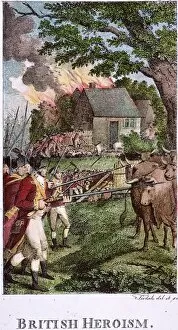Trumbull Collection (page 2)
Trumbull, a name that echoes through time and history
All Professionally Made to Order for Quick Shipping
Trumbull, a name that echoes through time and history. From the hallowed grounds of Navin Field in Detroit, Michigan to the masterpieces created by John Trumbull himself, this name holds significance in various realms. In the heart of Detroit stands Navin Field, once known as Briggs Stadium. This iconic landmark has witnessed countless victories and defeats, serving as a testament to the city's love for sports. Trumbull's connection to this field is shrouded in mystery, leaving us wondering about his involvement in its creation or perhaps his admiration for its grandeur. John Trumbull, an artist whose brushstrokes brought historical events to life with vivid detail. His masterpiece "The Sortie Made by the Garrison of Gibraltar" transports us back to 1789 when bravery and resilience prevailed against all odds. Through his artistry, Trumbull immortalized this heroic moment for generations to come. Another stroke of genius from Trumbull's hand can be seen in his portrayal of Alexander Hamilton. The oil on canvas painting captures Hamilton's essence and political prowess with remarkable precision. It serves as a reminder of the influential figures who shaped America's destiny during its formative years. James Mitan skillfully engraved one of Trumbull's paintings depicting the Surrender of General Cornwallis—an event that marked a turning point in American history. This engraving preserves not only Trumbull's vision but also pays homage to those who fought valiantly for freedom and independence. Beyond these historical connections lies another facet—Trumbull as a cartographer. His maps reveal intricate details about Fairfield Stratford Vector Road Map and Fairfield Trumbull Vector Road Map in Connecticut—a testament to his meticulousness and dedication towards documenting geographical landscapes. Asher Brown Durand captured prominent figures like John Jay and Hugh Williamson through portraiture—a medium that allowed their legacies to endure throughout time.


